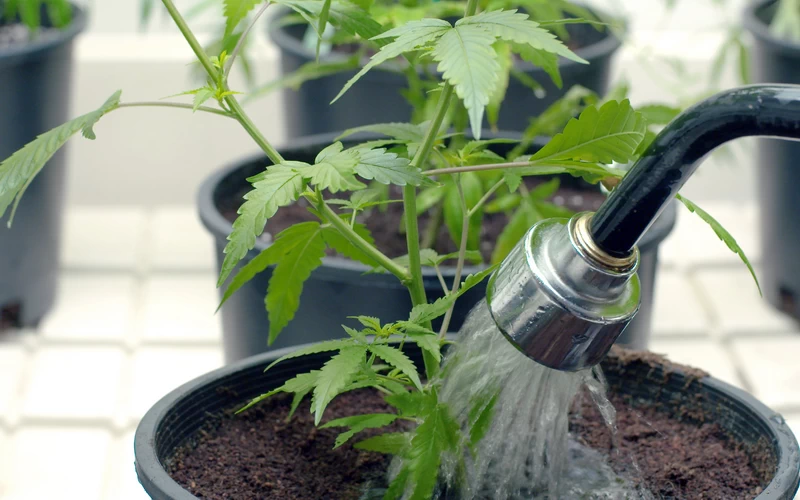Illegal Cannabis Grows Outstrip Licensed Ones in Water Consumption, California Study Finds
A recent scientific brief from the University of California, Berkeley (UCB) sheds light on the excessive water consumption of illegal cannabis cultivation in California, compared to licensed operations.
Titled “Water Use: Cannabis in Context,” the brief is the result of research conducted by experts at the Berkeley Cannabis Research Center, affiliated with the College of Environmental Science Policy & Management. This ongoing research, initiated in 2017, focuses on understanding water usage patterns related to cannabis cultivation. The latest brief is structured around four key questions.

The first section, “How much water does cannabis use relative to stream flow?” examines the impact of cannabis cultivation on water resources, particularly in regions like Humboldt and Mendocino County. While cannabis farms in these areas represent only a fraction of surface water supplies throughout the year, their concentration in specific regions results in significant water demand during the dry season, exceeding 10% of available supplies in some areas. Notably, the study highlights that the majority of this demand comes from unlicensed farms.
The second section compares water demand between licensed and unlicensed cannabis farms. Researchers found that unlicensed cultivation, which encompasses a larger area compared to licensed operations, exerts a substantially higher water demand. This is exacerbated by the lack of on-site water storage in unlicensed farms, leading to peak extraction during the dry months.
The third section explores the disparity between water consumption by residents and licensed cannabis cultivators in Humboldt and Mendocino Counties. The study reveals that residential water demand far exceeds that of licensed cannabis farms by a significant margin, emphasizing the relatively low impact of licensed cultivation on water resources compared to other agricultural activities and residential use.
The final section focuses on water usage by licensed cannabis grows, indicating that these operations utilize only a small fraction of streamflow, particularly in August. However, the study suggests that increasing water storage capacity for licensed farms could further reduce their impact on streamflow, highlighting the potential for improved irrigation practices.
The release of this brief coincides with upcoming decisions by voters, including the Humboldt Cannabis Reform Initiative (HCRI) appearing as Measure A on the ballot. This initiative has sparked debate, with opponents arguing that it could severely restrict local growers by imposing stringent regulations that hinder their ability to adapt to industry changes.
Former Humboldt County Board of Supervisors member Mark Lovelace, an advocate for cannabis regulation, has criticized Measure A, warning of its adverse effects on small cannabis businesses. He argues that the measure’s restrictions on farm size would disadvantage local growers, making them uncompetitive in the evolving cannabis market.
Lovelace’s concerns echo broader sentiments within the industry, emphasizing the need for balanced regulations that support the sustainable growth of both small and large-scale cannabis cultivators. As discussions surrounding cannabis regulations continue, stakeholders seek solutions that promote environmental stewardship while ensuring the viability of the cannabis industry in California.
